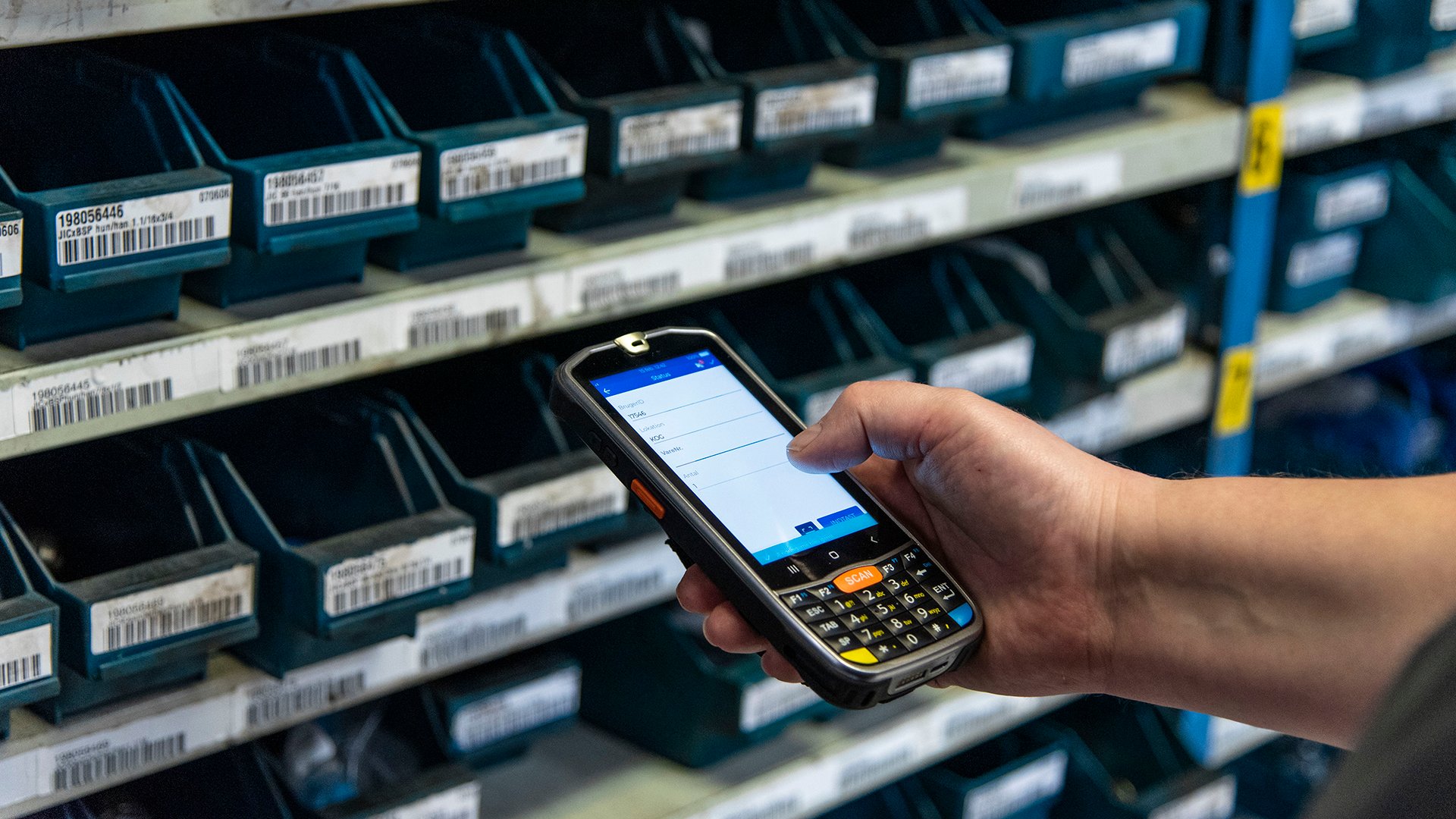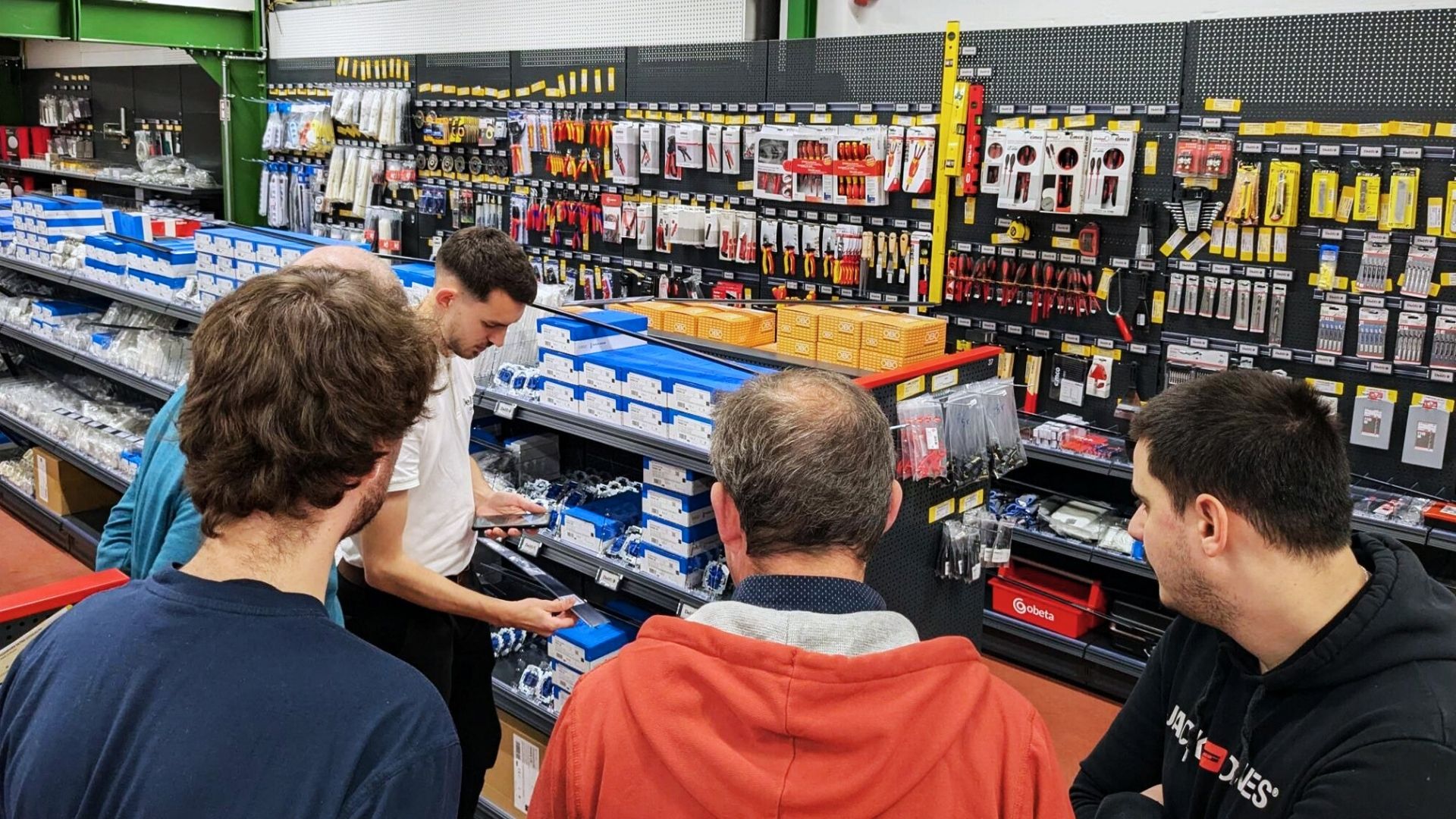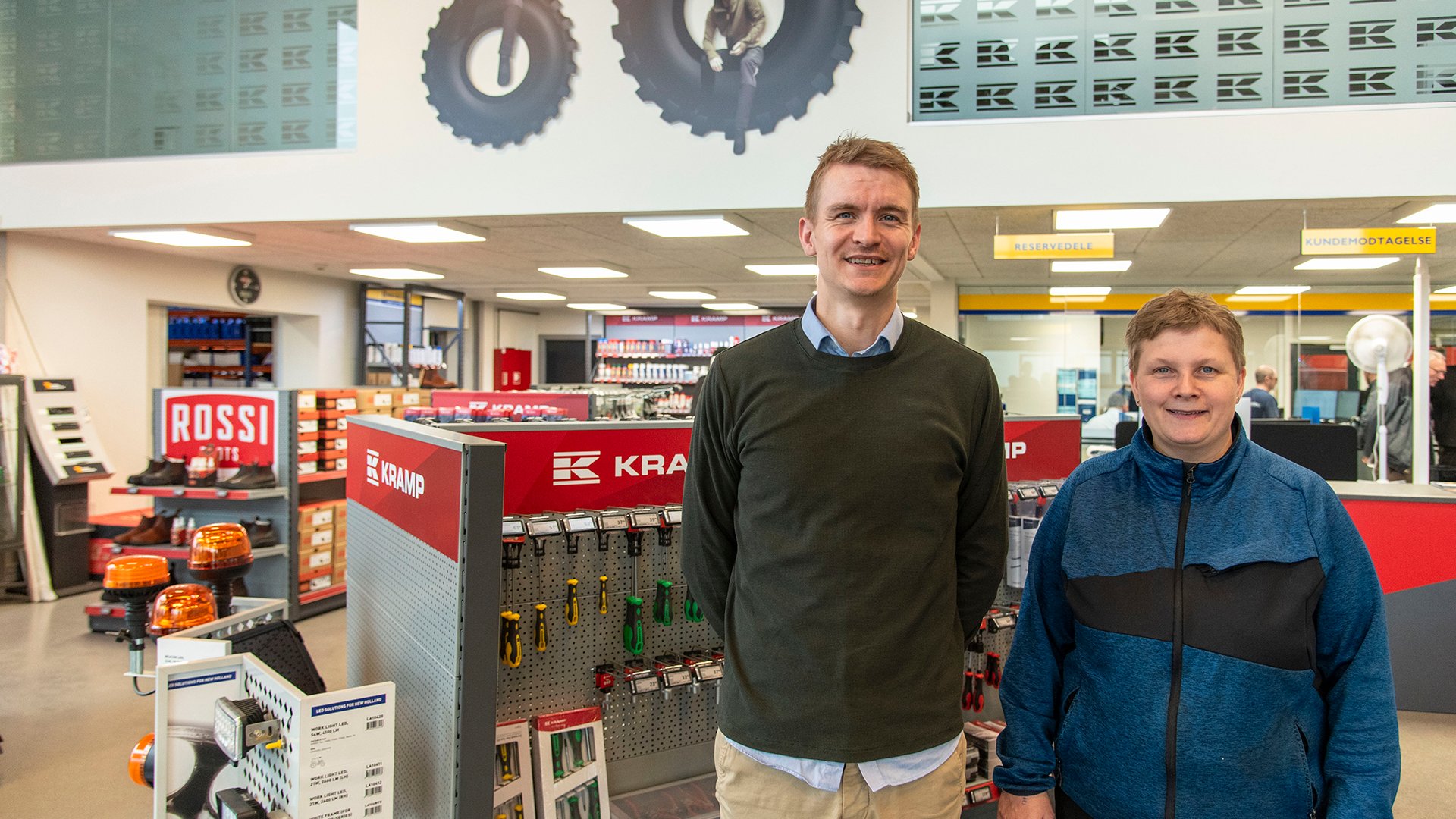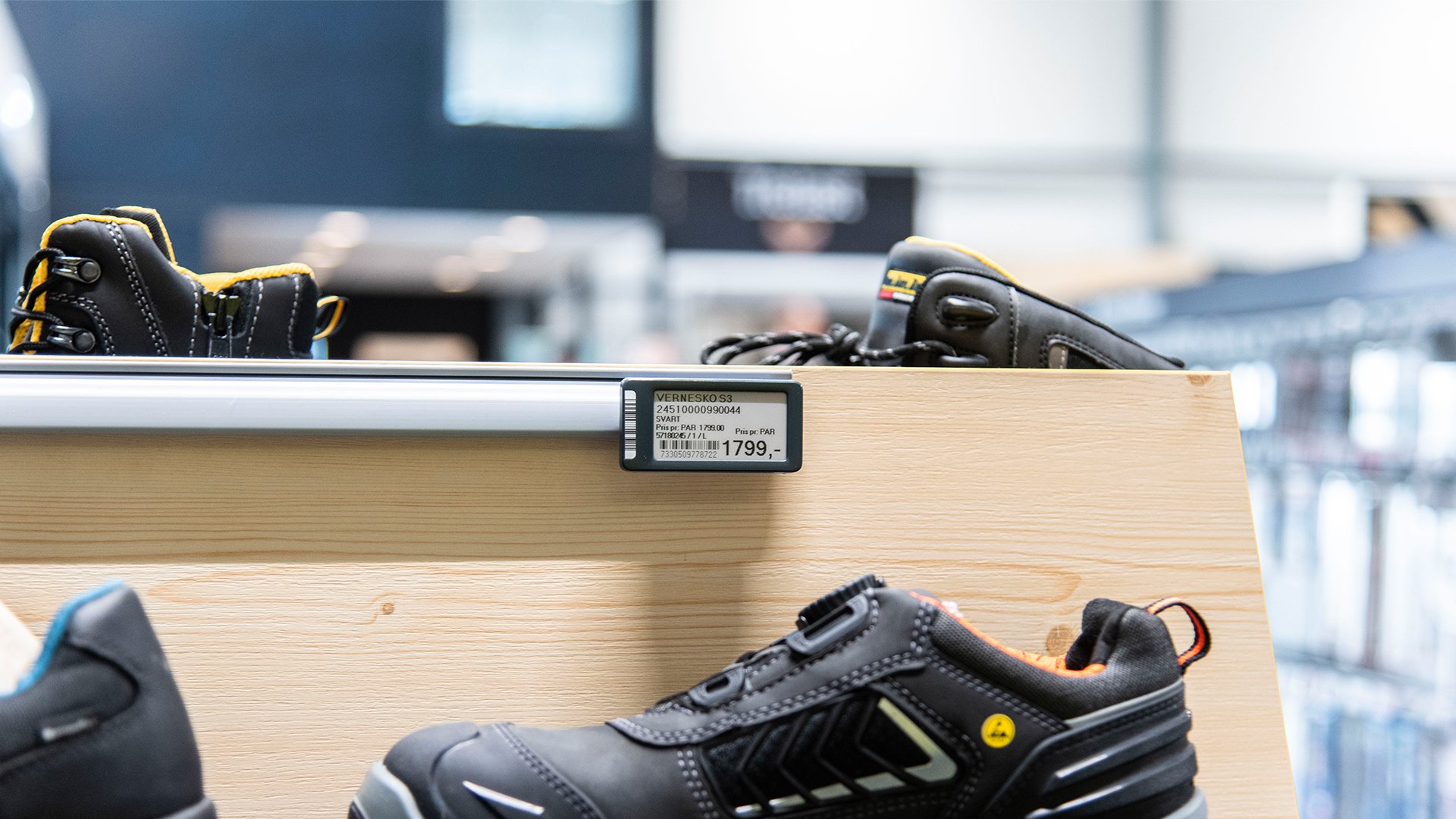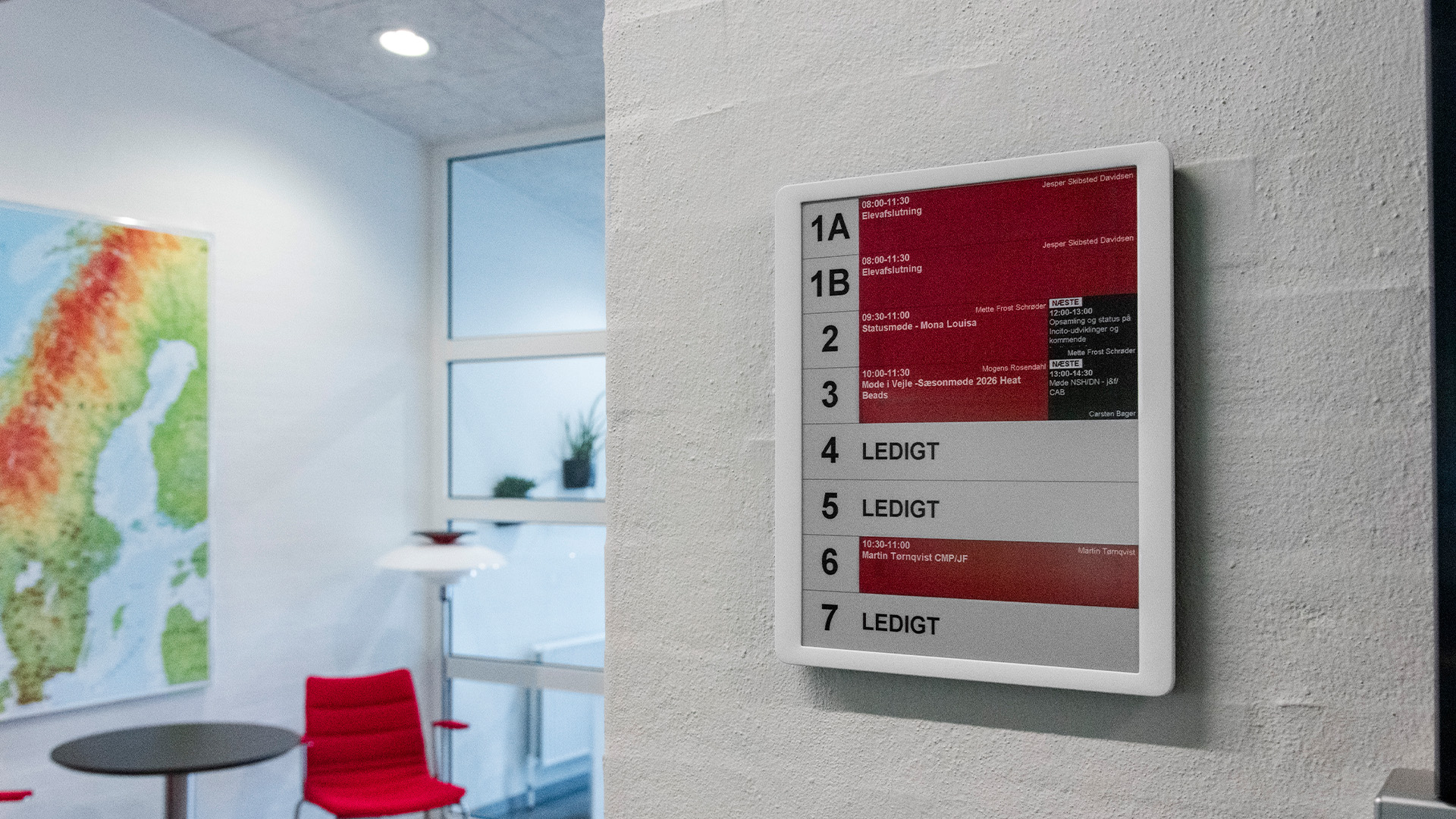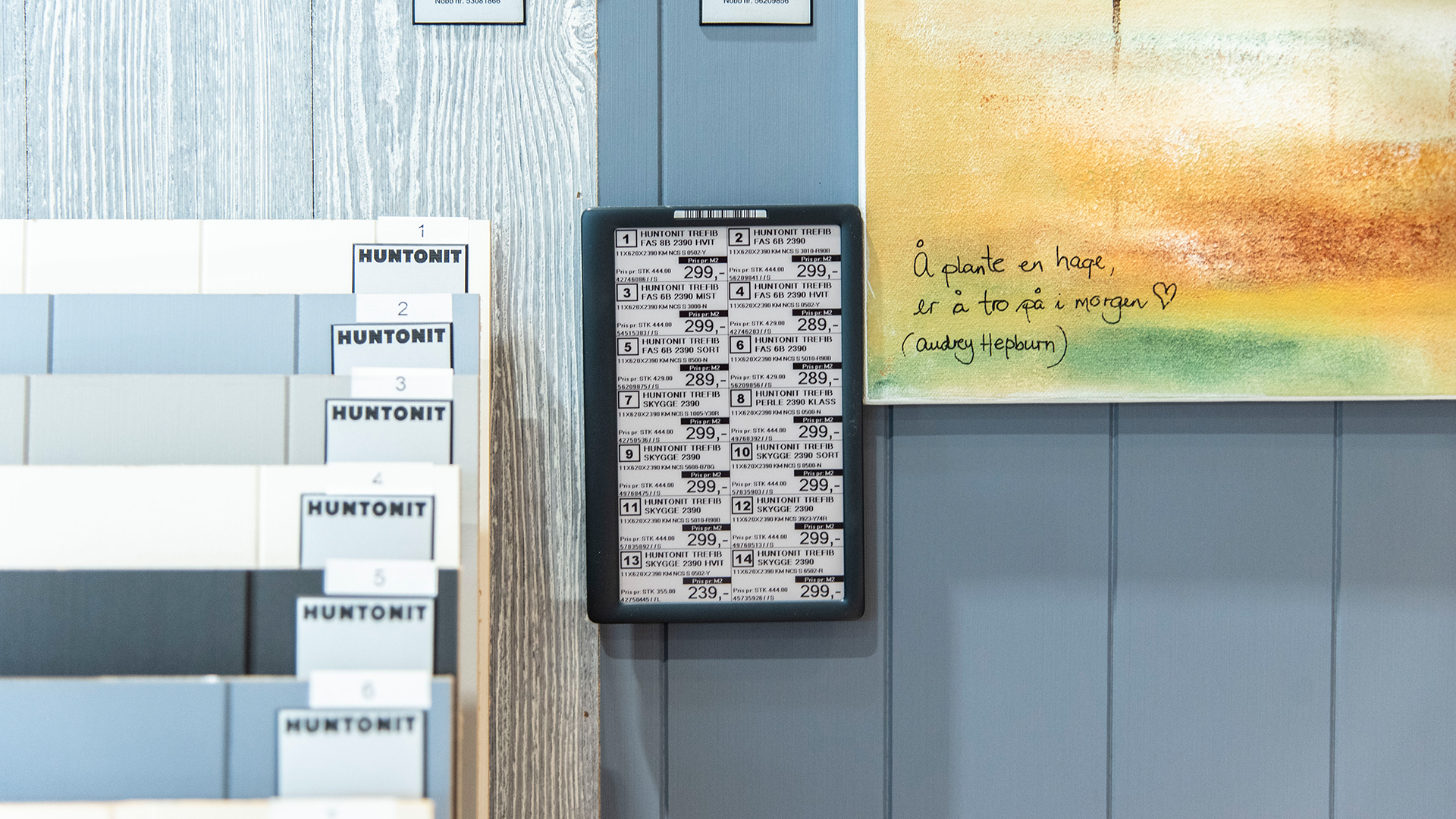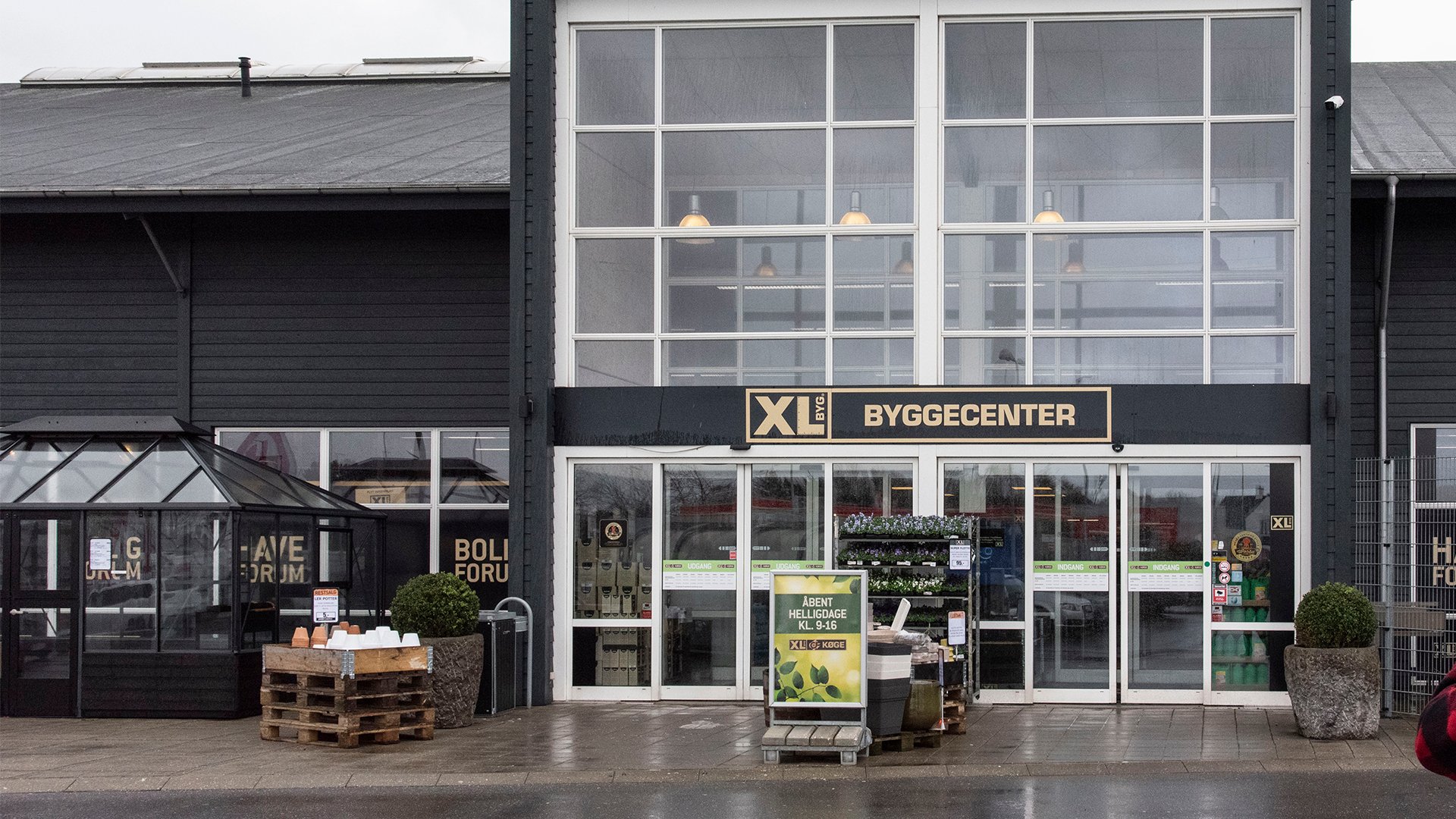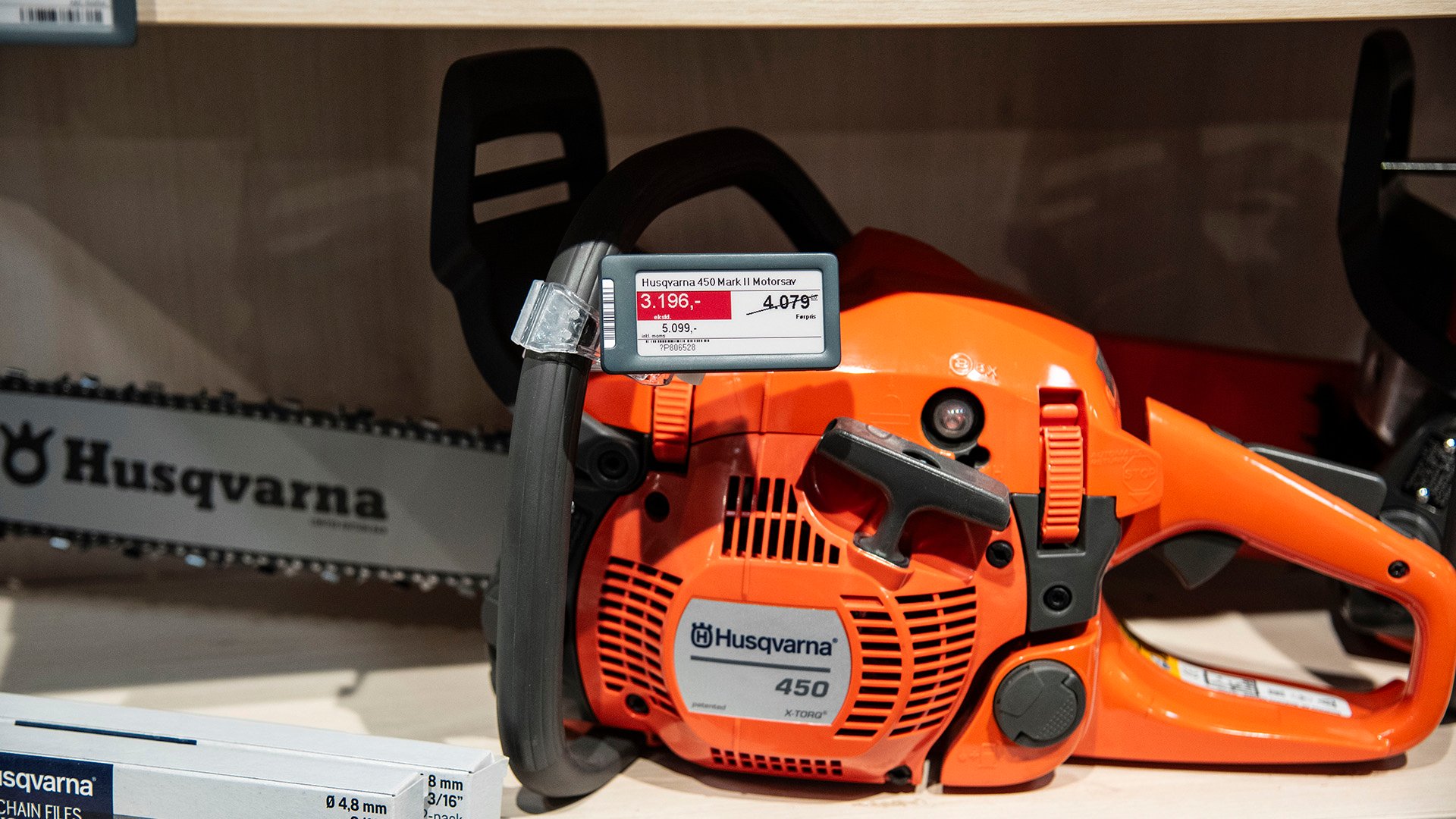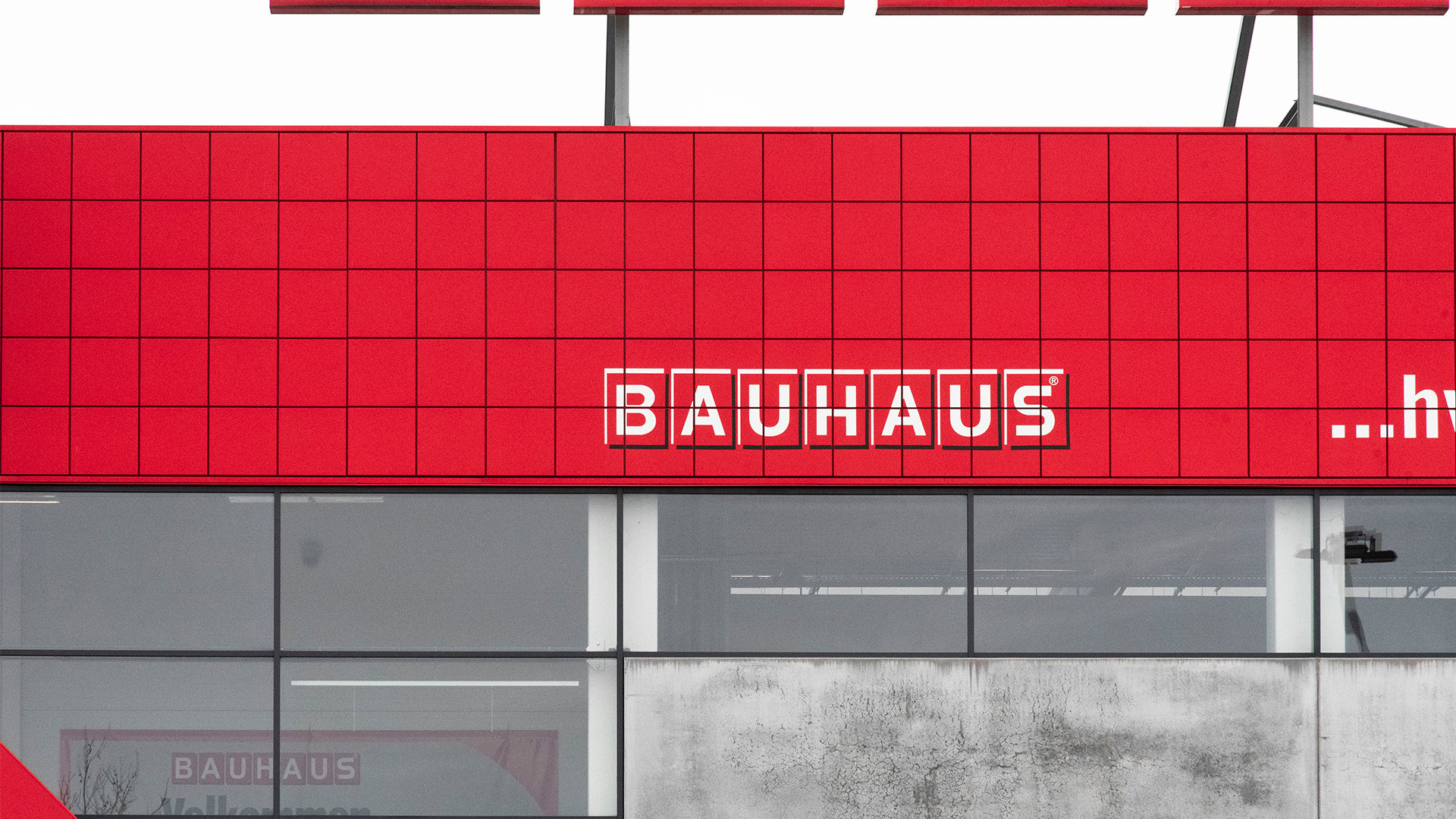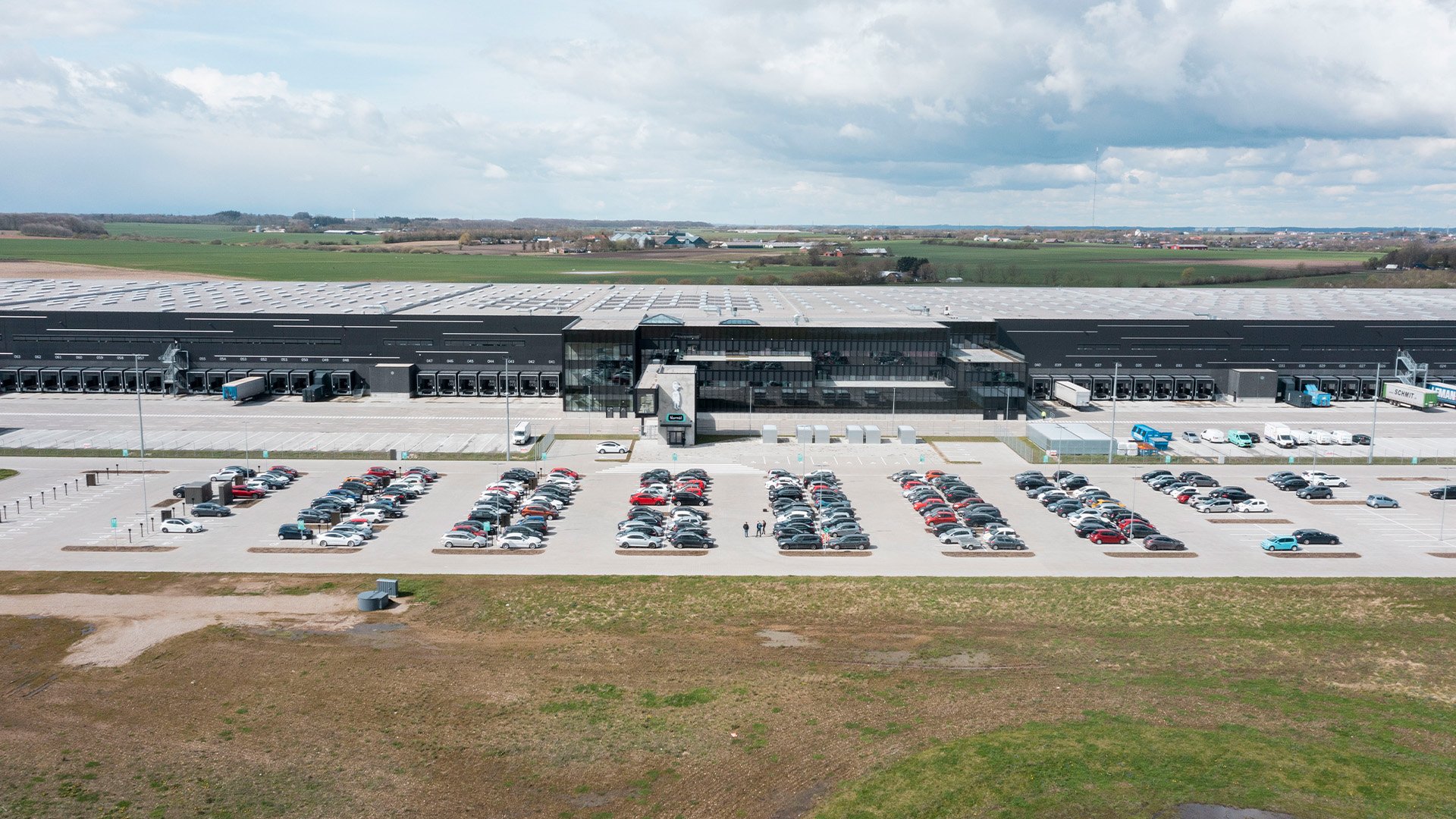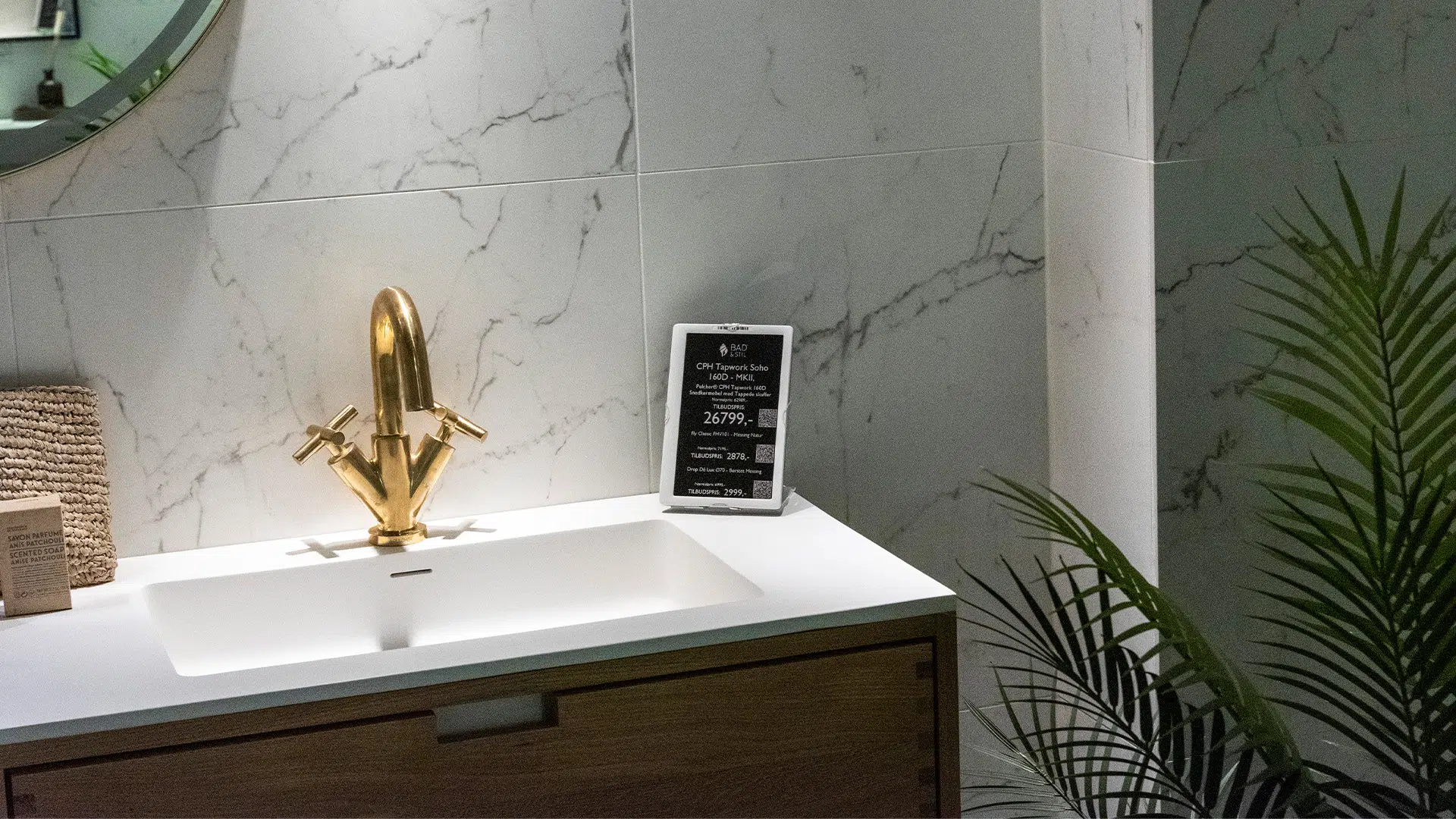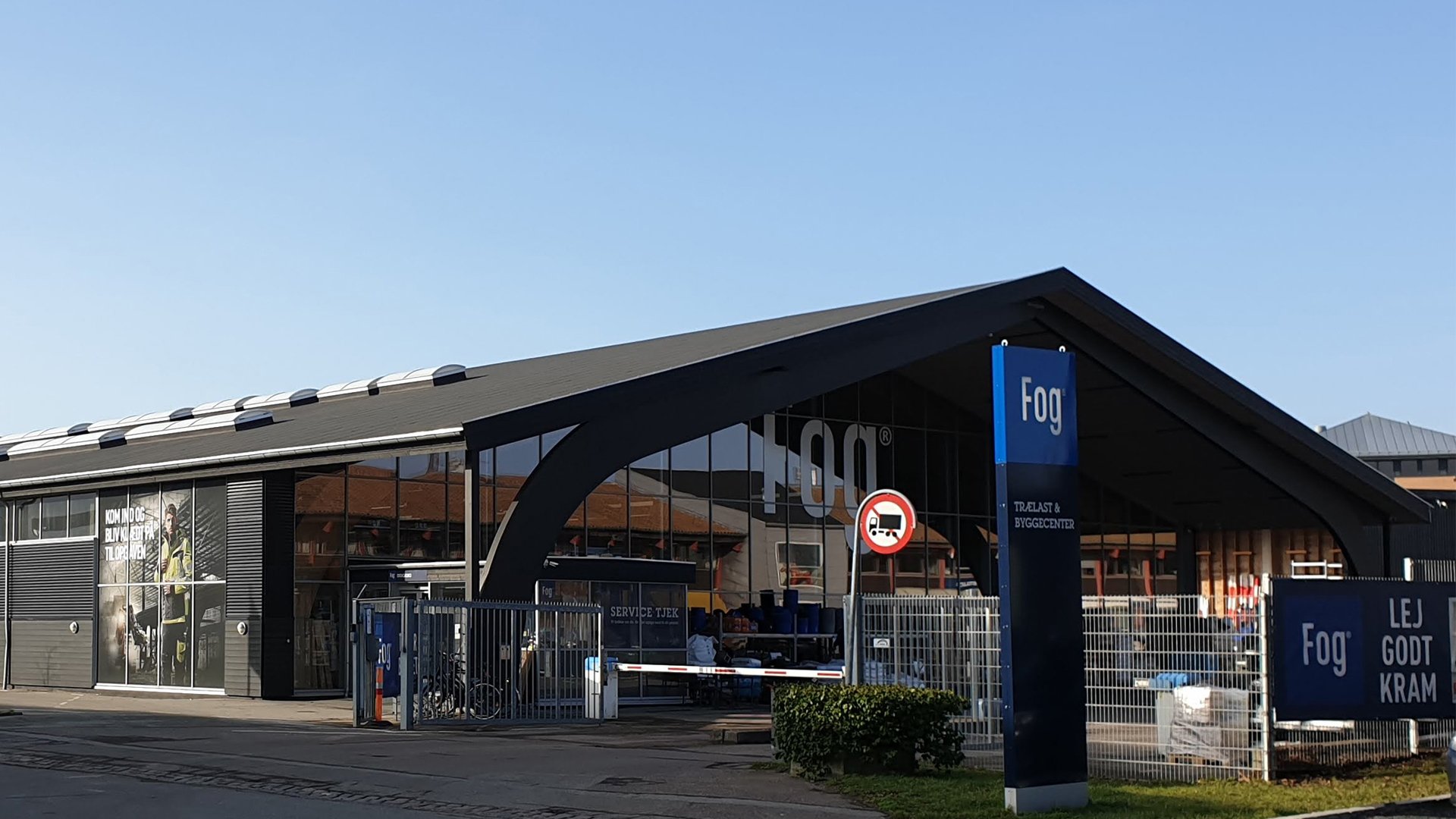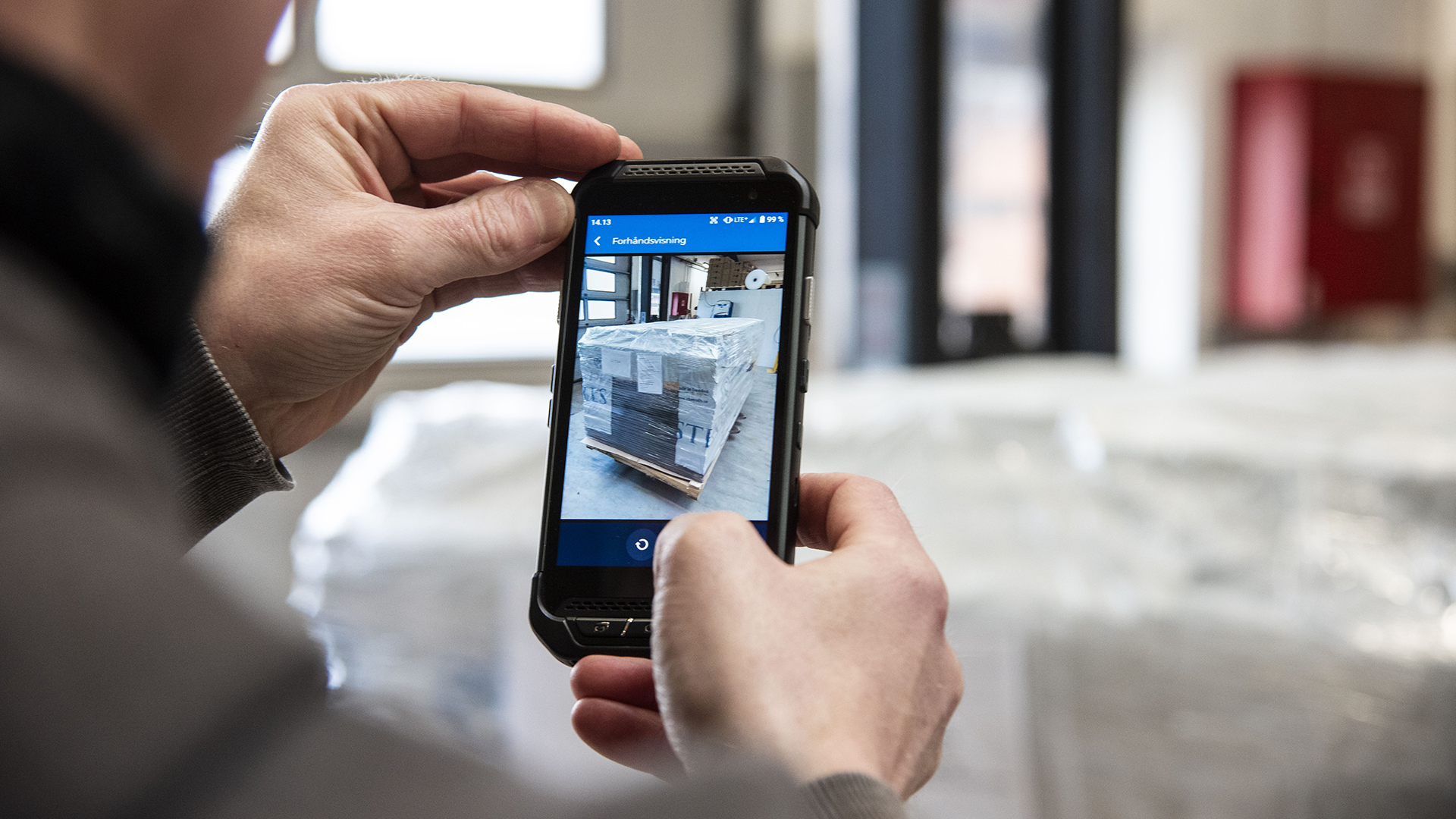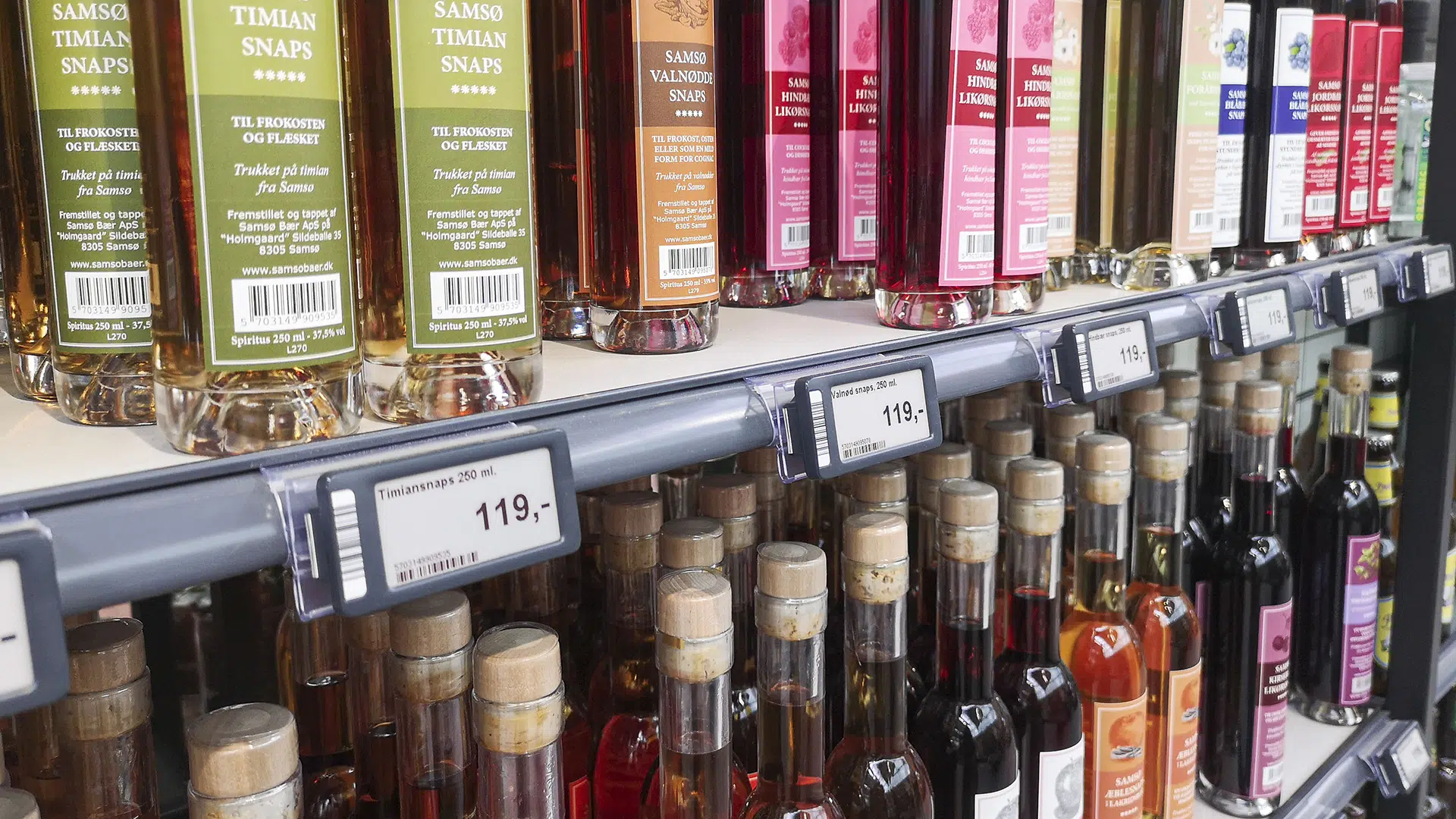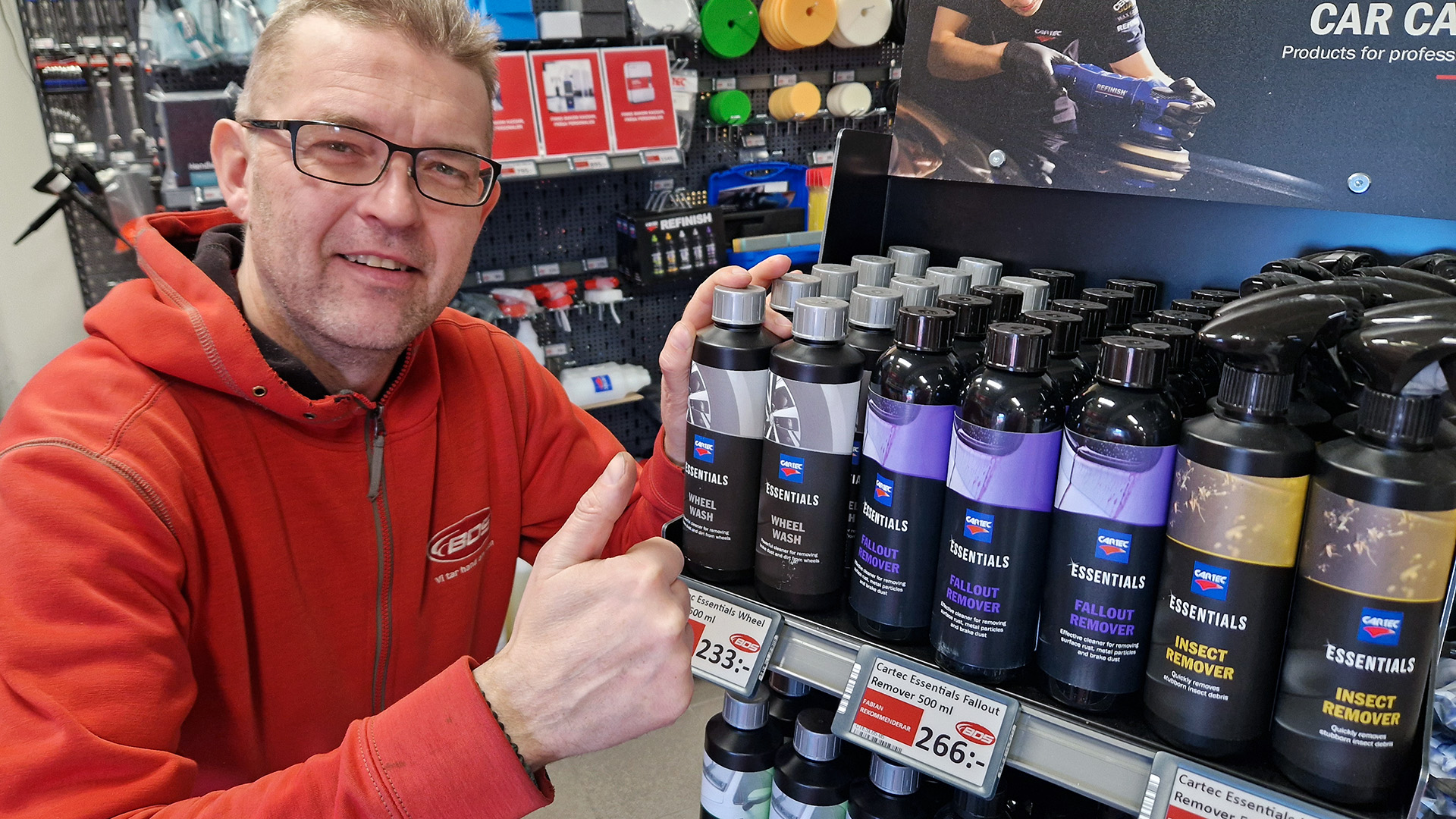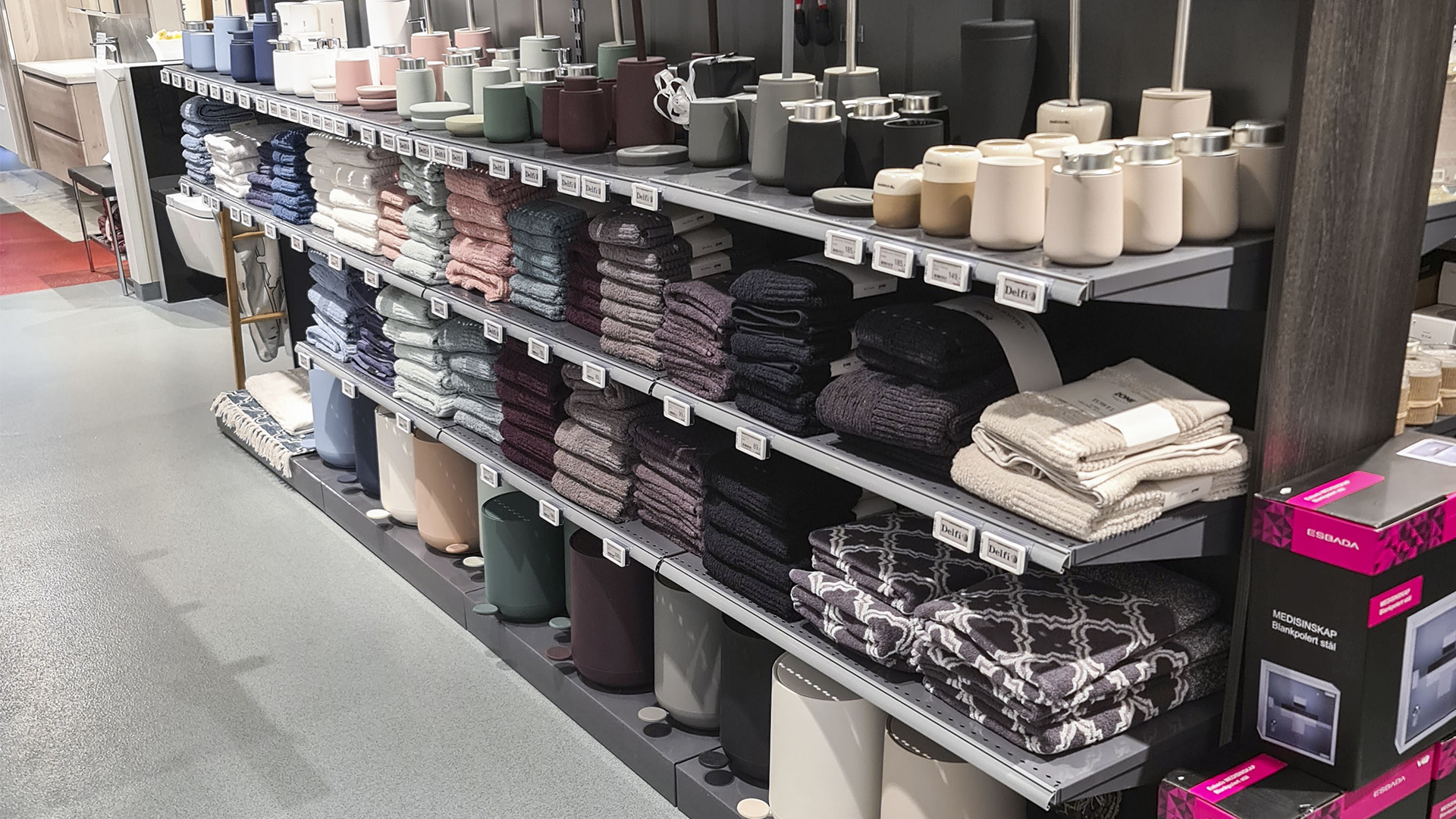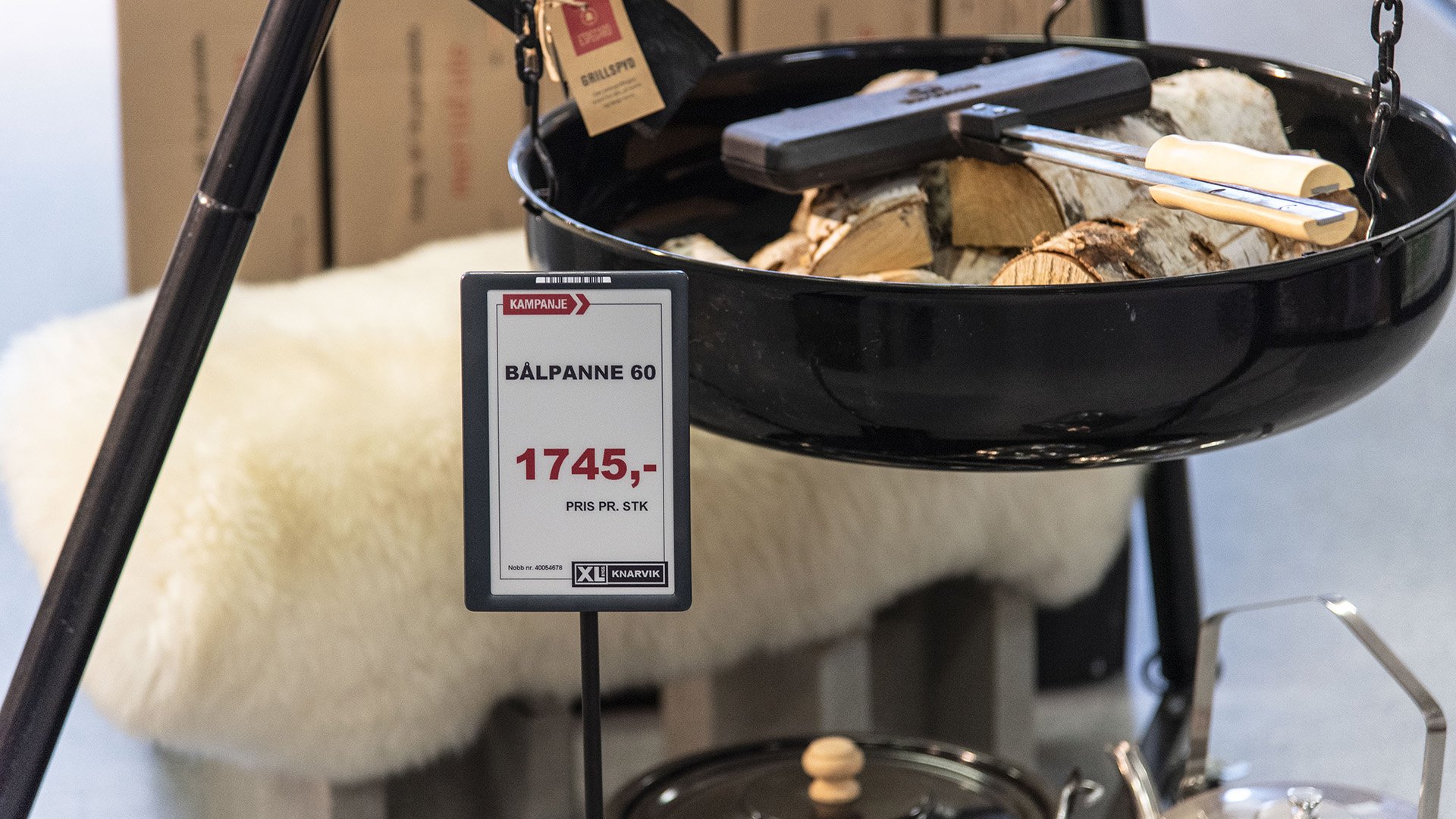BAUHAUS DENMARK
Electronic shelf labels optimize customer experience and employee satisfaction
At Bauhaus in Tilst near Aarhus, Denmark, electronic shelf labeling was implemented on more than 40,000 items at the end of 2017. Since then, electronic shelf labels have significantly reduced the number of pricing errors, improved the general well-being of floor staff, optimized the overall customer experience and made workflows smoother – all in all, a good solution for customers, employees and the store.
Already in the entrance of Bauhaus in Tilst, you can see the clear electronic price tags, which give a stylish and welcoming look. It has taken about a month to get the implementation in place. During the store’s opening hours, around 10 people have been on the job with help from various suppliers. The supplier of the electronic shelf labels, Delfi Technologies, has been on the sidelines throughout the process with advice and sparring.
The integration of the electronic shelf labels has eliminated the task of printing new price labels and then making physical replacements around the store. Price changes can now be made in seconds from a central computer.
– The solution with the electronic price tags is liberating for everyone who works on the floor at Bauhaus. We now have much more time for our customers and have the opportunity to do more with campaigns and other tasks that support our daily work, says Jesper Thomsen, who belongs to the lighting department in Bauhaus, Tilst.
"The reduction in pricing errors is clear to see, and of course we are pleased that we can deliver a much better customer experience."
PRICE ERRORS AT A MINIMUM
Since the integration of electronic shelf labels, price errors have been at a minimum. On weekends, approximately 3,000 transactions are processed and previously there was a margin of error of 15-20 items. Today, the margin of error is 3-5 items – a reduction of 75%.
– Obviously, if the receipt doesn’t match the purchase at checkout, it can ruin an otherwise great customer experience. The reduction in price errors is clear to see and we are of course pleased that we can deliver a much better customer experience. Whether we can completely avoid pricing errors in the future is doubtful, but now we have the ‘tool’ to control pricing much better than before,” says Thomas Bæk, Store Manager at Bauhaus, Tilst.
Another benefit of introducing electronic shelf labeling is that the time saved by not having to print and then run around changing labels is converted to customer care. A clear example of this is that on weekends, staff arrive almost an hour later than before. The saved working hours are instead used during the time when the customer flow is highest.
– There is no doubt that all the benefits of electronic shelf labeling have increased staff morale. Few people think that the task of printing price labels and replacing them in the 11,200 m2 store is the most fun job in the world. The staff are actually freed up to do what they are best at and what they are actually trained in, namely customer service,” says Mads Jørgensen, CEO of all Bauhaus stores in Denmark, Norway and Iceland.
CAMPAIGNS AND UPSELLING ARE OPTIMIZED
In addition to price management being secured with electronic shelf labels, it has also become a lot easier to implement campaigns and take advantage of potential additional sales. In the past, many price changes up to the start of a campaign were made beforehand and the new price labels were put up the day before – with the risk of customers buying the goods before the announced start of the campaign. Today, prices are changed in seconds, which means that conflicting prices and advertising are eliminated. It’s also very quick to capitalize on additional sales as, like other price changes, it only requires a few seconds of work on the computer.
NEW BAUHAUS DEPARTMENT STORE OPENS WITH ELECTRONIC SHELF LABELING
In addition to Bauhaus in Tilst, another department store will open in Kolding in the spring and will also have electronic shelf labels.
– It is definitely an advantage that the implementation of electronic shelf labels is in place from the start, so we don’t have to do the same exercise in a year’s time in a brand new department store, says Mads Jørgensen expectantly.
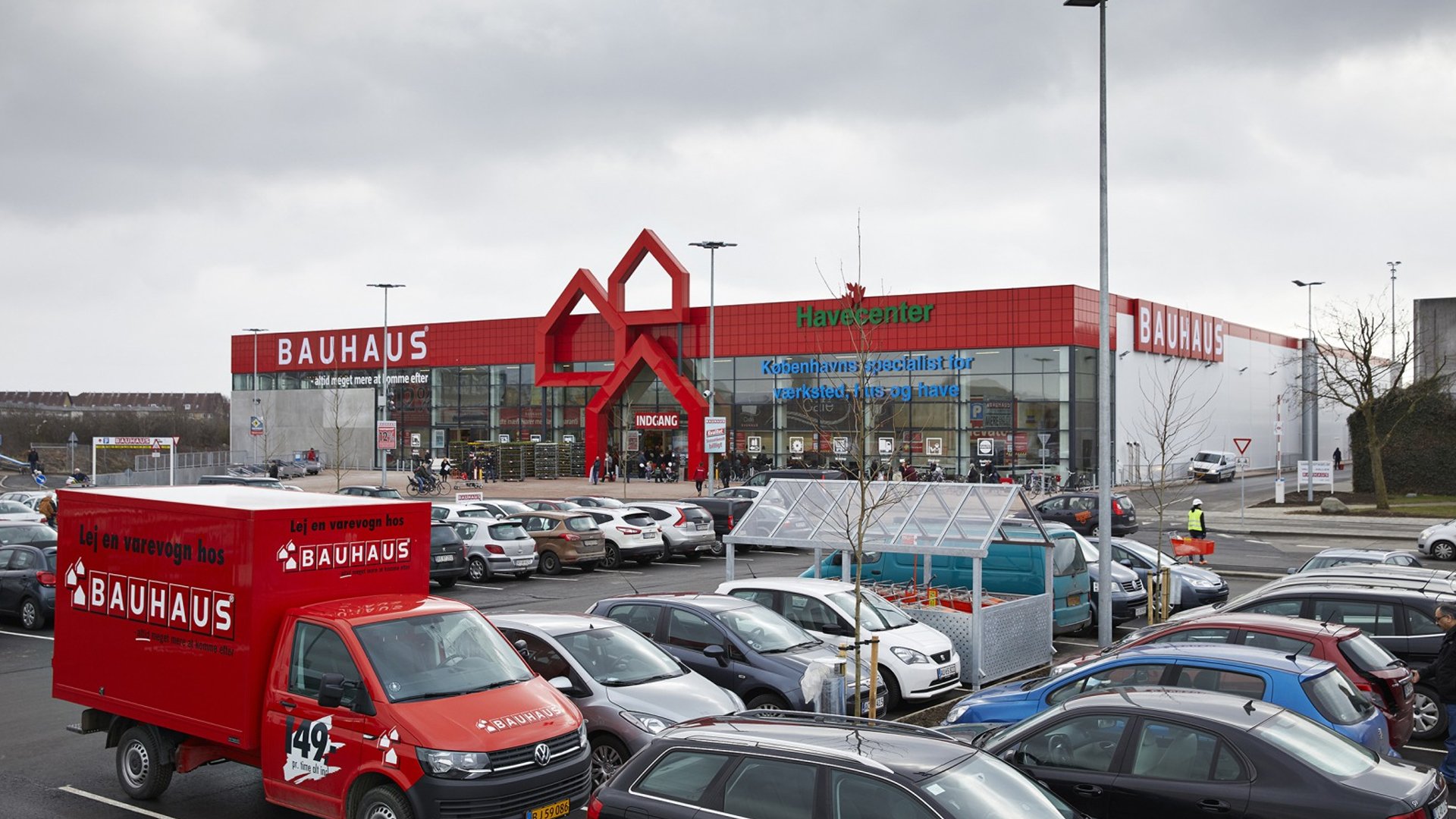
ABOUT BAUHAUS
BAUHAUS opened the first DIY store in Germany in 1960. Since entering the Danish market in 1988, the chain has experienced strong progress and growth. Today, BAUHAUS has a solid market position with 18 DIY stores spread across the country.
Want to know more?
Contact us today and we'll be happy to get back to you




